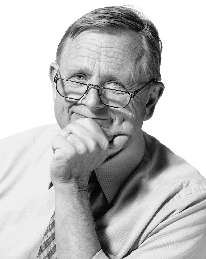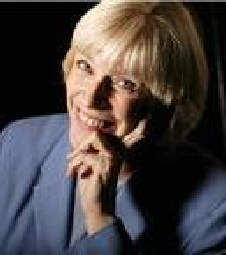

Small worlds, after all. But what happens when you scale something down to the bare minimum? When nature goes nano, quantum effects come into play, changing the rules and creating new worlds of possibility (and new challenges) for scientists of all stripes. When journalism goes nano, reporters become poets, creating haiku out of news. When art goes nano, it can find niches in new places, becoming more accessible and dispersed—even revolutionary. Small worlds are nimble, fast on their feet, full of surprises.
For our January Categorically Not!, Martin Gundersen of USC’s Electrical Engineering
and Physics departments will tell us about the power of nano in science. While he
thinks most of his 350-
Broadcast journalist Judy Muller, who recently won the Peabody Award for her KCET
story “Up in Smoke,” believes “less is more” because she has to. Broadcast journalism
is the art of story-
Vinny Picardi was able to join us at the last minute and his “nano” images transported
viewers into the small spaces where imagination gets intimate. With larger art, you
can stand back and be expansive, he explained, but nano art requires close personal
encounters.. As a self-



We also showed a nano movie by Don Byrd. From the Big Bang to today in under 2 minutes. You can watch it here:

| Borders & Boundaries |